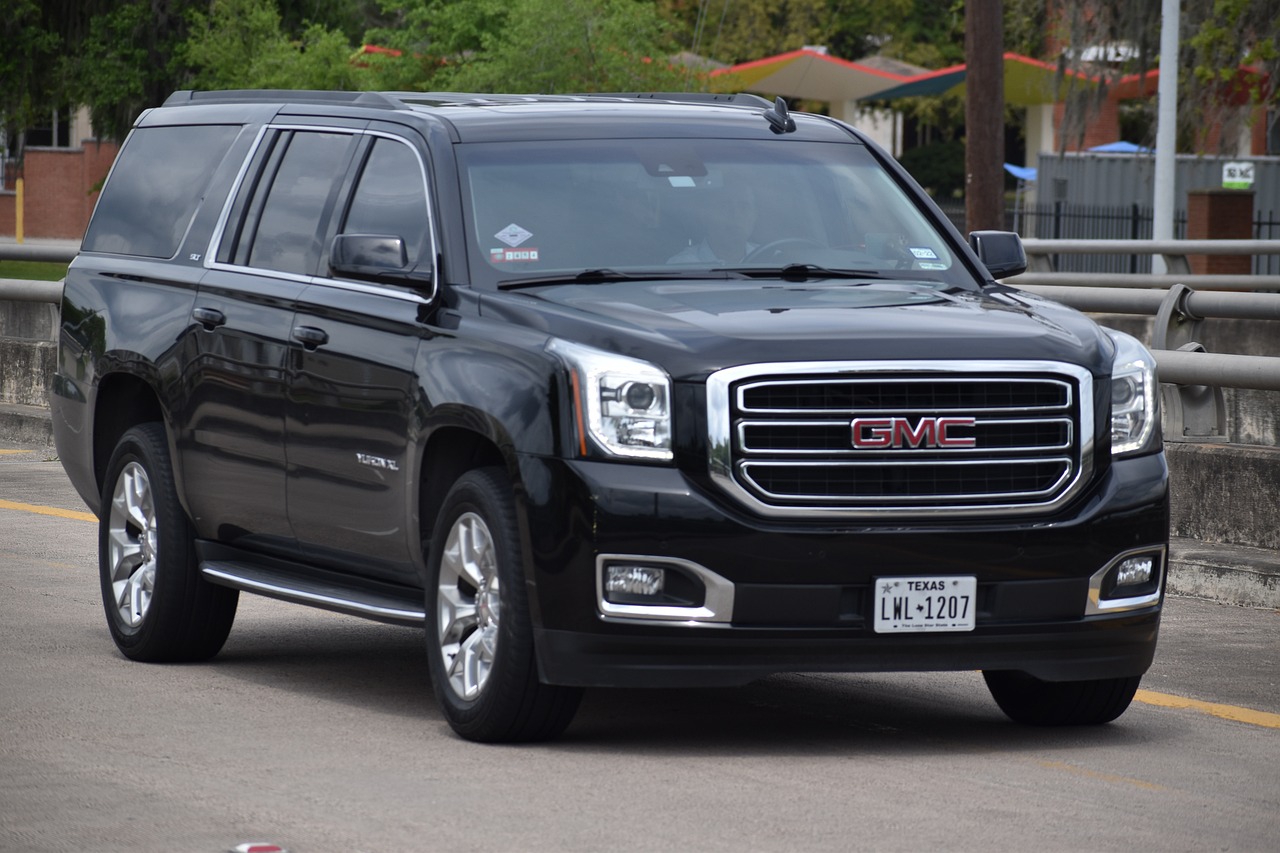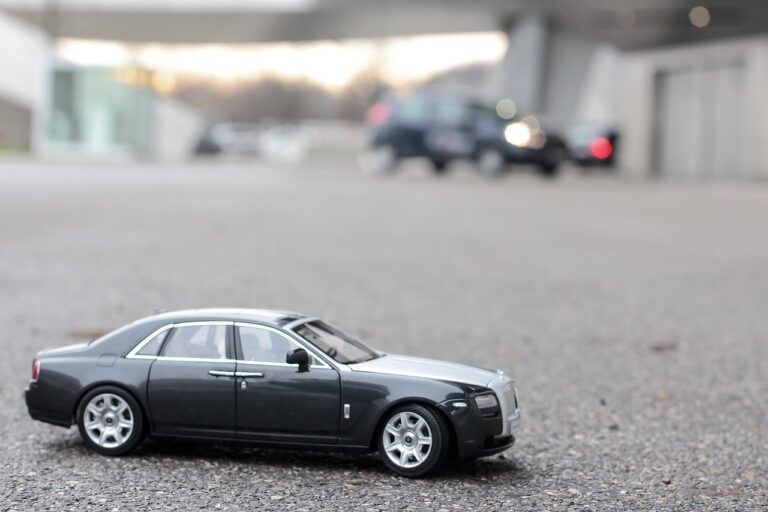Automotive Gesture Recognition Systems: Hands-Free Control for Drivers
sky247 login, diamondexch9.com, tiger exchange:Automotive Gesture Recognition Systems: Hands-Free Control for Drivers
Imagine driving down the road, effortlessly changing the radio station or adjusting the air conditioning with just a wave of your hand. Thanks to advancements in technology, automotive gesture recognition systems are making this hands-free control a reality for drivers.
What exactly are automotive gesture recognition systems?
Automotive gesture recognition systems utilize sensors and cameras to track and interpret hand movements, allowing drivers to control various functions in their vehicles without the need to physically touch buttons or knobs. This technology is revolutionizing the way we interact with our cars, providing a more convenient and safer driving experience.
How do automotive gesture recognition systems work?
These systems use a combination of sensors, cameras, and software algorithms to detect and interpret hand movements. When a driver makes a specific gesture, such as a swipe or a pinch, the system translates that gesture into a command that controls a specific function in the vehicle. For example, a wave of the hand could adjust the volume of the radio, while a finger tap could answer a phone call.
What are the benefits of automotive gesture recognition systems?
One of the main benefits of automotive gesture recognition systems is improved safety. By allowing drivers to control various functions without taking their hands off the wheel or their eyes off the road, these systems help reduce the risk of accidents caused by distracted driving. Additionally, gesture control offers a more intuitive and user-friendly way to interact with in-car infotainment systems, making the driving experience more enjoyable and convenient for passengers.
Are automotive gesture recognition systems widely available?
While automotive gesture recognition systems are still relatively new, they are starting to become more widespread in the automotive industry. Many luxury car manufacturers, such as BMW and Mercedes-Benz, are already incorporating gesture control technology into their vehicles, offering drivers a more advanced and futuristic way to interact with their cars. As the technology continues to evolve and become more affordable, we can expect to see gesture recognition systems become standard features in a wide range of vehicles in the near future.
How reliable are automotive gesture recognition systems?
Like any technology, automotive gesture recognition systems are not perfect and may have occasional hiccups. Factors such as lighting conditions, hand movements, and environmental distractions can impact the system’s accuracy. However, manufacturers are constantly working to improve the reliability and performance of these systems, ensuring that they provide a seamless and intuitive user experience for drivers.
What does the future hold for automotive gesture recognition systems?
As technology continues to advance, we can expect to see even more innovative applications of automotive gesture recognition systems. From personalized gesture profiles that allow drivers to customize their preferred gestures to more advanced gesture recognition algorithms that can interpret a wider range of hand movements, the future of hands-free control in cars is bright.
In conclusion, automotive gesture recognition systems are transforming the way we interact with our vehicles, providing a safer and more convenient driving experience for drivers and passengers alike. With continued advancements in technology, we can look forward to a future where hands-free control in cars is the norm rather than the exception.
FAQs:
Q: Are automotive gesture recognition systems only available in luxury vehicles?
A: While gesture recognition systems are more commonly found in luxury vehicles, they are becoming more accessible in a wider range of vehicles as the technology becomes more affordable.
Q: Can automotive gesture recognition systems be disabled?
A: Yes, most automotive gesture recognition systems have the option to be turned off if the driver prefers to use traditional controls.
Q: Are automotive gesture recognition systems compatible with all hand sizes and shapes?
A: Automotive gesture recognition systems are designed to be adaptable to a variety of hand sizes and shapes, but some individuals may find that certain gestures are more challenging to perform accurately.
Q: How can drivers ensure that they are using automotive gesture recognition systems safely?
A: It’s important for drivers to familiarize themselves with the gesture controls in their vehicles before using them on the road. Drivers should also practice using the system in a safe environment to ensure that they can confidently and accurately perform the gestures while driving.







